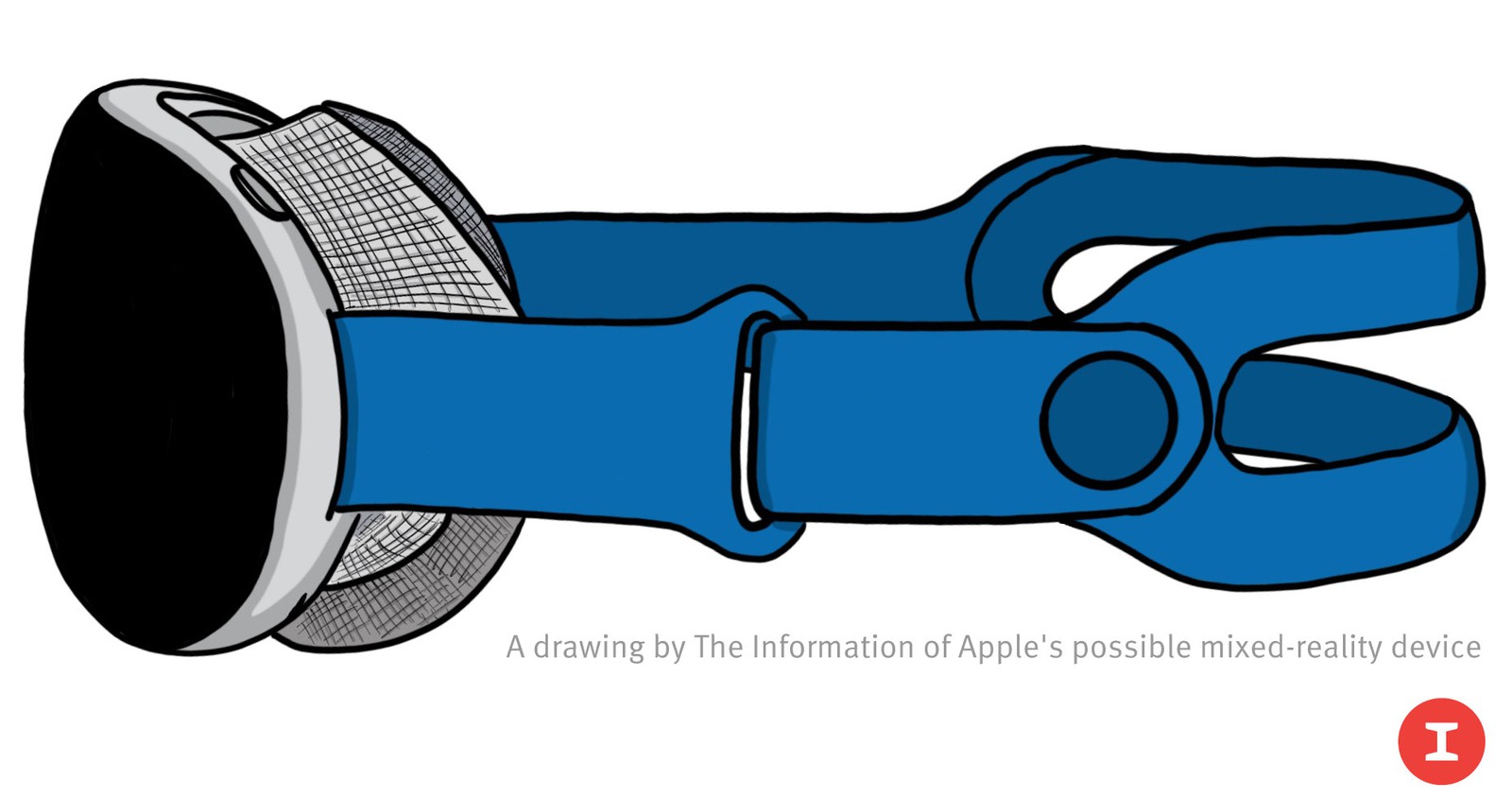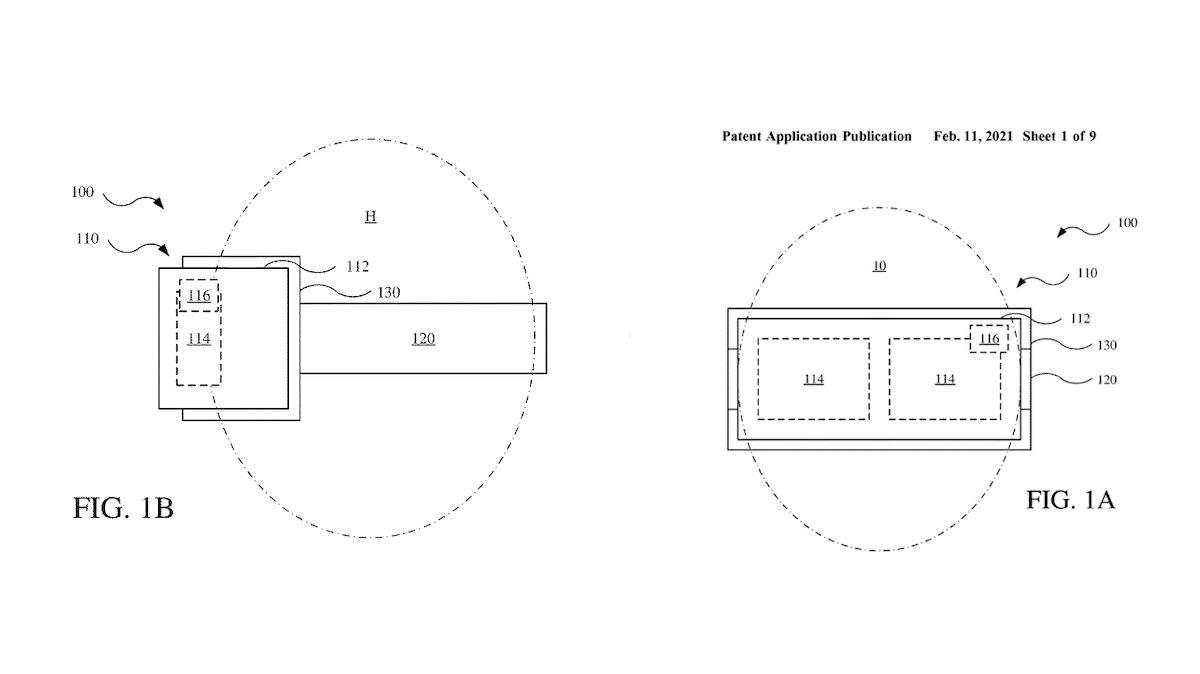A new patent published by the U.S trade and trademark office titled ‘Head-Mounted Display Unit With Adaptable Facial Interface’ reveals design and functionality details of Apple VR and AR device. The patent corroborates the existing news that the company is working on the alleged headsets.
A facial interface for a head-mounted display, which is to be worn on a head of a user, includes an upper portion and a lower portion. The upper portion engages an upper facial region above eyes of the user. The lower portion that engages a lower facial region below the eyes of the user. The lower portion has a lower shear compliance in that is greater than an upper shear compliance of the upper portion.
Recently, several reports on alleged Apple Augmented Reality (AR) glasses and Virtual Reality (VR) headsets are expected to launch by 2022 and the company will equip them with 8K display, eye-tracking, swappable bands, and more. It is also said that Apple’s long term supply chain partner, TSMC will manufacture a special small 1-inch ultra OLED display for the devices.

New Patent gives details of Apple VR and AR headsets
As per the published patent, the Apple VR and AR headset will have the same design/ shape as existing VR sets in the market. For comfort, the headset will have a light seal on the upper and lower ends to block light. However, the lower portion of the device will have reduced tension and compression to allow easy facial movements.

The facial interface, further comprising a light seal that engages a face below the lower portion; wherein the lower portion includes a lower facial support having a pivot mechanism that provides the lower shear compliance, the pivot mechanism including one of an elongated roller, a spherical roller, or a multi-axis gimbal and a spring that provides normal compliance in a normal direction; and wherein the lower shear compliance is greater than the upper shear compliance by having at least one of a lesser stiffness or a greater range of displacement, the lower portion has a lower normal compliance in the normal direction that is greater than an upper normal compliance of the upper portion in the normal direction, and the lower normal compliance is greater than the upper normal compliance by having at least one of a lesser stiffness or a greater range of displacement in the normal direction.